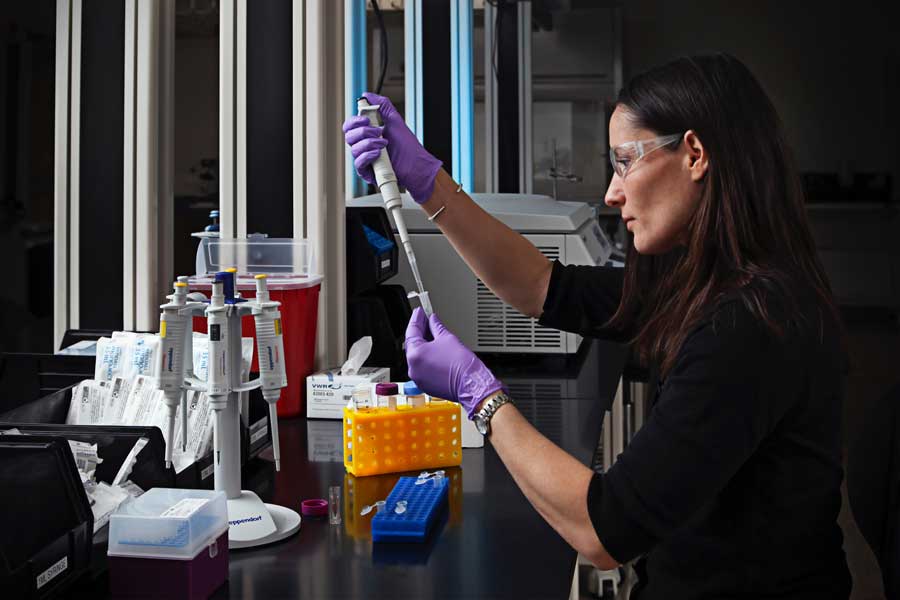
The development of new medications is a very delicate and time-consuming process. It’s essential for drug researchers to carefully examine all potential aspects and effects a drug might have before moving it to market. This is to reduce the risk of adverse side effects negatively impacting buyers.
Modern pharmaceutical and biomedical research require robust testing in the form of in vivo and in vitro testing. It’s important to understand the similarities and differences between these two testing models and the capabilities each offers.
What is in vitro and in vivo testing?
In vivo is a Latin term meaning “in the whole body,” and this form requires active testing on live test subjects. Today, murine (mice or related rodent) models are the most common test subjects for early phase pharmaceutical and biomedical research. However, in vivo testing faces incredibly strict compliance requirements, biological sample tracking, and it is very time-consuming.
In vitro is another Latin term meaning “in the glass.” This type of testing doesn’t require live subjects and instead, organic cells are transplanted into a testing vessel that acts as an artificial testing environment.
While in vivo testing primarily focuses on the pharmacokinetics of a compound in a living organism with a focus on drug metabolism, safety, and efficacy, in vitro testing focuses on how a compound interacts at the cellular level. Ultimately, in vitro testing typically precedes in vivo testing, and both forms provide researchers with the details they need to confirm a testing compound’s success for its intended purpose and the potential risks they may carry.
Is in vivo better than in vitro?
In vitro testing is widely used on new compounds moving through the drug discovery pipeline. It is not accurate to consider one better than the other; they are complementary. Both forms have firm places in the modern biomedical and pharmaceutical research industries. Think of in vitro testing as the gateway to more expensive and more involved in vivo testing.
In vivo testing involves some significant challenges, specifically the costs of animal care, the compliance and regulatory issues facing in vivo examinations, and the general overhead such tests incur. However, in vivo testing ultimately sheds much more light on how a compound acts in a whole organism.
In vitro testing, on the other hand, is primarily used for evaluating early questions about how a compound interacts at the cellular level.
In vivo testing will typically follow in vitro testing only if the in vitro procedures reveal the compound shows promise. In vivo testing is also the final testing phase a compound must undergo before it qualifies for submission to the Food and Drug Administration (FDA) for approval for the first phase of human clinical trials.
What are in vivo diagnostics?
Operational consistency and data management are key to in vivo studies. In vivo protocols must be conducted with a high degree of precision. Time and process-sensitive tasks must be carefully tracked with complete chain of custody and audit trails covering all operations.
In order to meet the stringent requirements for in vivo studies, virtually every modern lab relies on at least one laboratory information management system (LIMS). Drug discovery LIMS software is a vital investment for any biomedical or pharmaceutical organization conducting in vivo testing. The right LIMS can also assist with in silico or virtual testing and modeling using high-end data analysis tools.
It is necessary to include both in vivo and in vitro testing procedures in the development of new drugs. While this requires significant time investment on part of the research team, combining these two testing methods alongside virtual modeling via in silico analysis provides a more powerful and holistic view of an experimental drug.
RockStep Solutions offers Climb, an advanced drug discovery LIMS ideal for laboratory teams conducting in vivo testing. Contact RockStep today for more information about the Climb 2.0 software suite.




